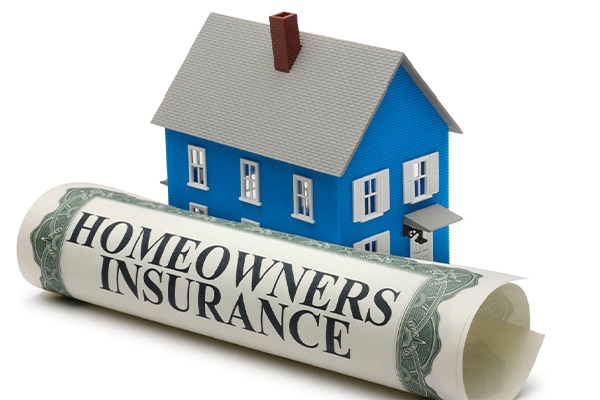When it comes to homeowners insurance, understanding what determines your rates can help you make smarter financial decisions. Homeowners insurance protects one of your biggest investments—your home—but not all policies or premiums are created equal. Here are the top five factors that influence your homeowners insurance rates and what you can do to get the best possible coverage at the best price.
1. Location of Your Home
Where your home is located plays a major role in determining your insurance rates. Insurers assess your location for its risk level, considering things like crime rates, climate patterns, and proximity to emergency services. If your home is in an area prone to natural disasters such as hurricanes, wildfires, or flooding, you may see higher premiums due to the increased risk. On the other hand, homes near fire stations or in low-crime neighborhoods may benefit from lower rates.
Tip: When buying a home, consider the area’s risk factors and how they may impact your insurance costs. In high-risk areas, some insurers may even require additional coverage for floods or earthquakes.
2. Home’s Age and Condition
The age and condition of your home can significantly influence insurance rates. Older homes, especially those with outdated electrical or plumbing systems, are seen as higher risk because they’re more prone to damage and costly repairs. Newer homes with modern construction and updated systems, on the other hand, often qualify for lower premiums because they’re less likely to incur damages.
Tip: If you’re buying an older home, investing in renovations or upgrades to essential systems may help reduce your insurance rates. Insurers appreciate homes with well-maintained and modern features.
3. Coverage Amount and Deductible
The amount of coverage you choose and the deductible you set both have a direct impact on your insurance rate. More comprehensive coverage and lower deductibles result in higher premiums because the insurer has more risk. Conversely, a higher deductible (the amount you pay out of pocket for a claim) can lower your monthly or annual premium, though you’ll have to cover more costs initially if something happens.
Tip: Find a balance that works for your budget and risk tolerance. While higher deductibles can save you money on premiums, they could mean more expenses in the event of a claim.
4. Your Claims History
Your personal claims history—and sometimes even the history of claims on the property itself—can impact your insurance rates. Frequent past claims signal a higher likelihood of future claims, which can result in higher premiums. A clean claims history, on the other hand, often leads to lower rates, as insurers see you as a safer bet.
Tip: Avoid filing small claims if possible, as too many claims can raise your rates. For minor repairs, it may be worth covering the cost yourself instead of risking higher premiums in the future.
5. Home Safety Features
Adding safety features like fire alarms, burglar alarms, and security cameras can reduce your insurance rates. Insurers often offer discounts for homes that are equipped with these safety measures because they decrease the likelihood of losses due to theft or fire damage.
Tip: If your home isn’t already equipped with security features, consider adding them. Not only do they make your home safer, but they may also help you save on insurance costs.
Final Thoughts
Homeowners insurance rates vary based on several factors, but by understanding these influences, you can make informed choices and potentially lower your costs. From choosing the right location to investing in home safety, small changes can make a big difference. Be sure to shop around, compare policies, and talk to insurers about potential discounts. With the right approach, you can secure affordable coverage that meets your needs, giving you peace of mind without breaking the bank.

